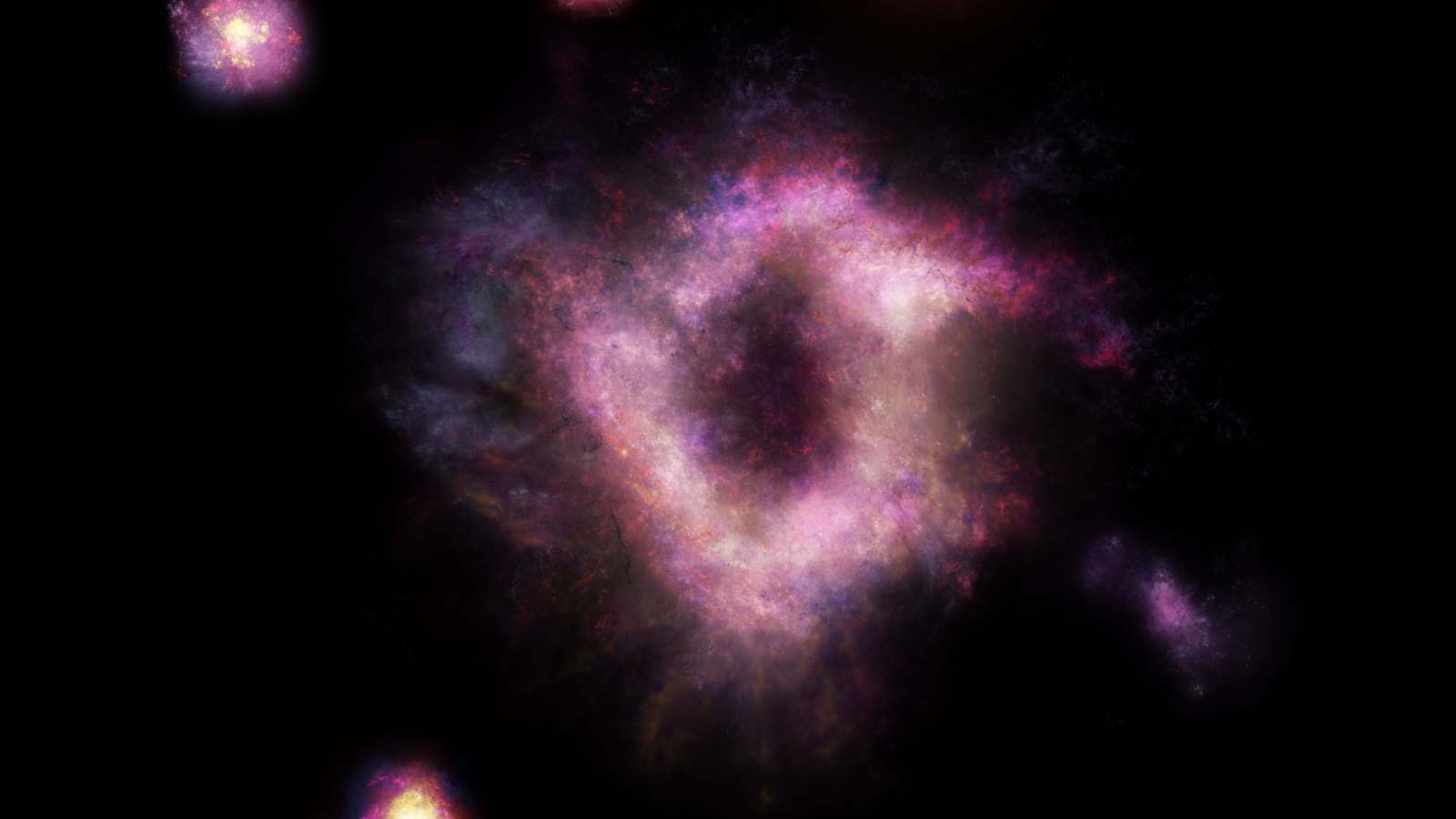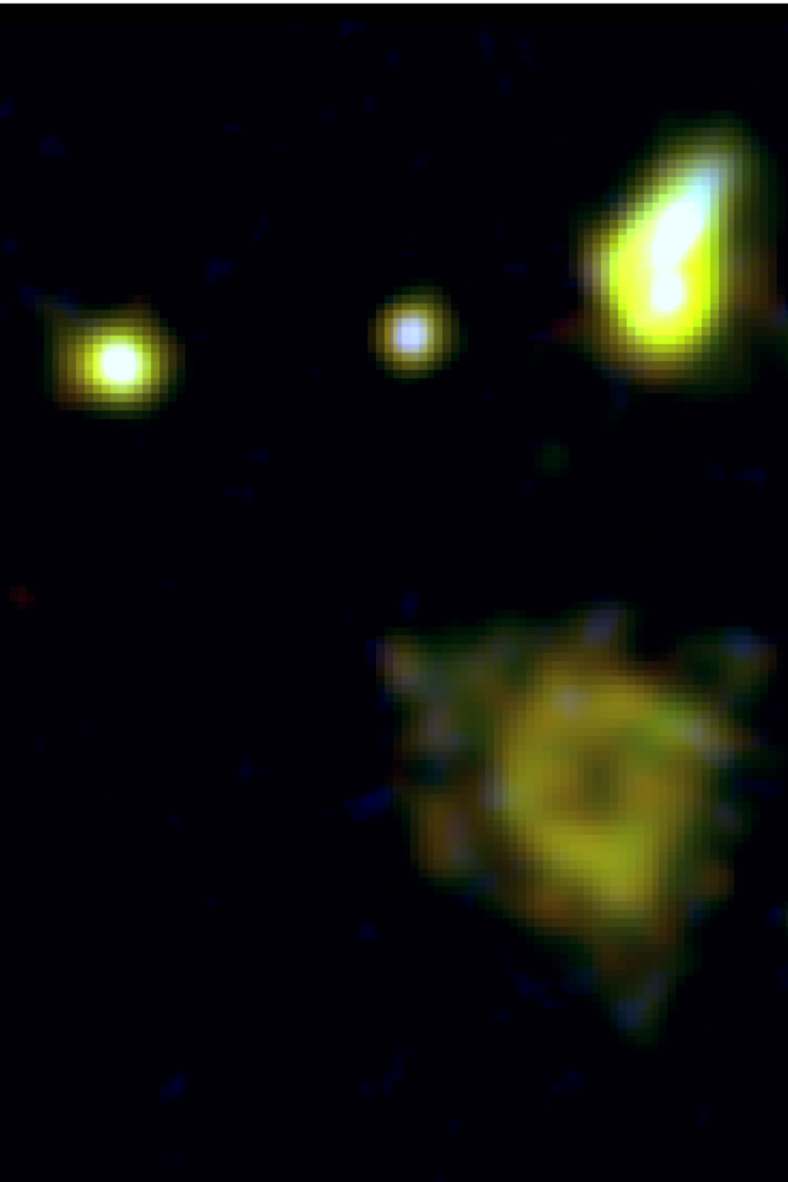Galactic ring of fire gives scientist clues about the early universe
by Stuart LaytAustralian astronomers have found the smoking gun in an 11 billion-year-old cold case that left a ring of fire where a full galaxy should be.
The galaxy, named R5519, is very thin by galactic standards, much thinner than our own Milky Way galaxy, which is itself a skinny 1000 light years thick.

That alone would be enough to make it interesting but what makes it remarkable is that something has punched a massive hole through the centre of the galaxy, leaving just the outer ring of stars.
Dr Tiantian Yuan, from Australia’s ARC Centre of Excellence for All Sky Astrophysics in 3 Dimensions (ASTRO 3D) has been leading a team of researchers to get a good look at R5519 and learn some of its secrets.
"What we’ve discovered is incredibly rare, because you need specific conditions for this to form - it has to be a very thin disc made of stars and you need something else to collide with it head on," Dr Yuan said.

"Imagine you throw a pebble into a pond at a sharp angle, it won’t be nice rings, you’ll get splashes. So this is a very elegant collision."
The resulting hole has a diameter 2 billion times longer than the distance between the Earth and the Sun.
Dr Yuan said they had even managed to find the culprit - a second, denser galaxy that punched right though the thin disc.
"We were able to confirm the existence of the 'intruder' galaxy, as they are known," she said.
"We can calculate how far away that galaxy is, how fast it punched through the other galaxy. It’s like catching the criminal in action."
The ring galaxy is 11 billion light years away from Earth, which means it was formed just a few billion years after the universe itself formed in the Big Bang about 13.8 billion years ago.
Dr Yuan said this was an important finding, as it had previously been considered too early in the universe’s formation for such a thin disc of fully formed stars to have been present.
"What we’ve found is that in order to have that hole in it, the thin disc needed to have formed before the collision," she said.
"And that means that at an early stage in the universe, just a few billion years after the Big Bang, we are already seeing thin-disc galaxies."
Research co-author, Professor Kenneth Freeman from the Australian National University, said the findings gave astronomers a clearer picture of the early universe.
"The thin disc is the defining component of spiral galaxies: before it assembled, the galaxies were in a disorderly state, not yet recognisable as spiral galaxies.
"This discovery is an indication that disc assembly in spiral galaxies occurred over a more extended period than previously thought.
"For comparison, the thin disc of our Milky Way began to come together only about 9 billion years ago."
The research findings have been published in the journal Nature Astronomy.